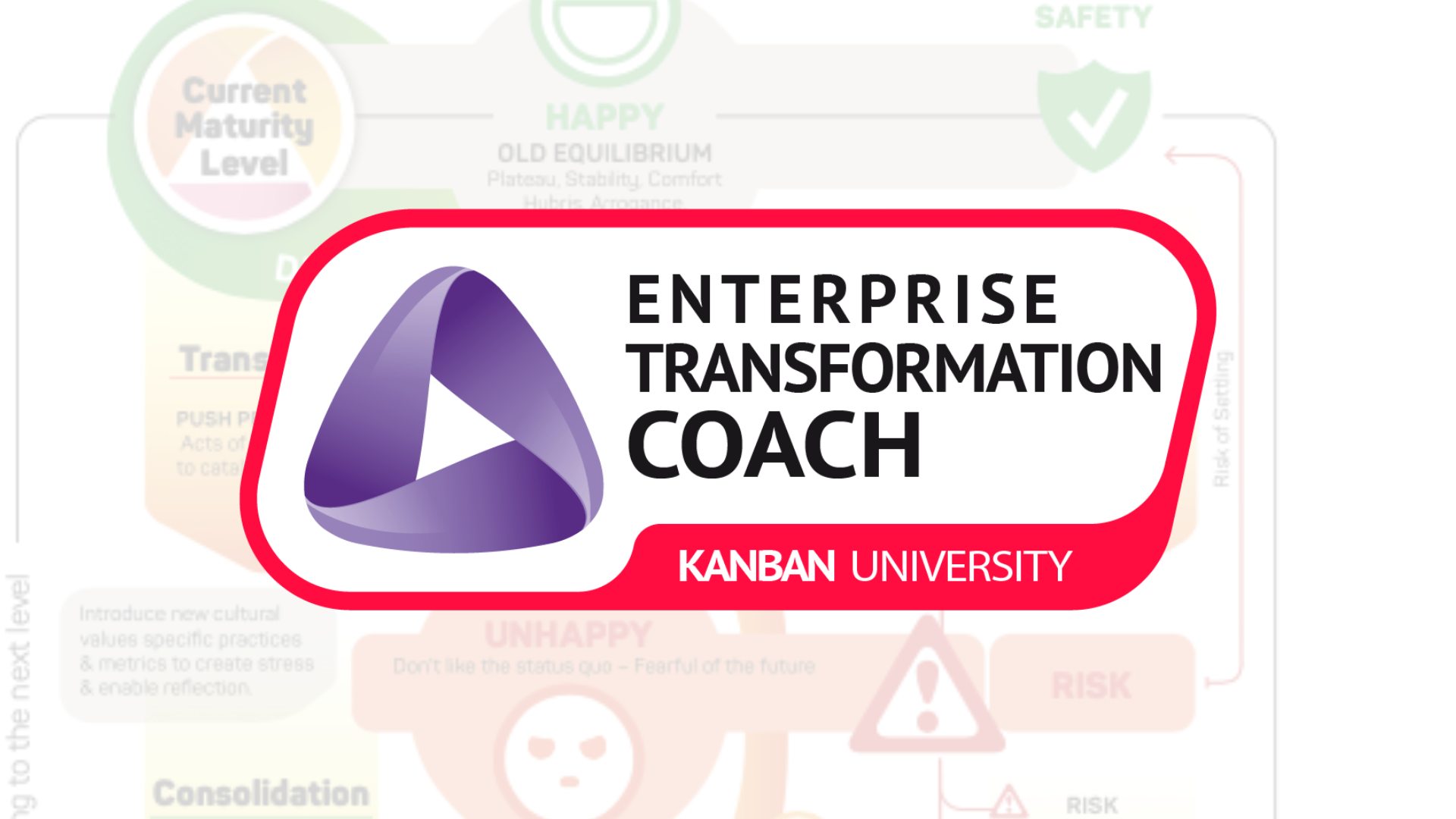The Power of Feedback Loops
In the fast-paced world of business and technology, organizations must constantly adapt and evolve to stay competitive. Implementing effective feedback loops is a critical component of this process, enabling companies to understand their performance, adapt to changing environments, and make data-driven improvements. Let’s take a look at feedback loops, their benefits, and how to implement them effectively.
Primary Goals of Feedback Loops
At its core, feedback loops help organizations understand their behavior and outcomes. This understanding hinges on the timely reception and analysis of feedback. In essence, feedback loops provide a mechanism for sharing information that fosters improvement and quick adaptation to changing circumstances. Feedback loops can look different across organization maturity levels. The KMM Feedback Loops poster helps illustrate this.
One of the fundamental principles of feedback loops in Kanban is the idea of evolutionary change. Unlike revolutionary change, which involves massive overhauls, evolutionary change involves small, incremental improvements. Quick, short feedback loops are crucial in this context as they enable organizations to gather information rapidly and make necessary adjustments to align with a changing environment.
Benefits of Implementing Feedback Loops
Implementing feedback loops offers several tangible benefits to organizations:
- Empirical Observation and Adjustments: Feedback loops transform hypotheses into empirical observations, grounding decision-making in real data rather than assumptions.
- Achievement of Fitness for Purpose: Organizations can continually strive to deliver services that meet their intended purposes, even if those purposes evolve over time.
- Use of Metrics: Metrics play a vital role in feedback loops, providing valuable insights into the effectiveness of processes and services.
- Explicit Objectives and Goals: Feedback loops help clarify objectives and goals, making it easier to track progress and make informed decisions.
- Unity and Alignment: Effective communication through feedback loops fosters unity and alignment across the organization.
Implementing Feedback Loops
It is important to implement feedback loops without overwhelming your team with endless meetings. Here are some key strategies:
- Explore Existing Information Sources: Before scheduling a new meeting, explore existing sources of information. Kanban boards, metrics, and casual conversations with colleagues can often provide valuable insights without the need for additional meetings.
- Metrics Matter: Metrics are powerful feedback loops in themselves. Start using metrics to gain insights and make data-driven decisions.
- Utilize Communication Channels: Informal communication channels like chat, coffee breaks, and lunch discussions are valuable feedback loops. Encourage team members to engage in open conversations.
- Surveys and Market Research: Consider using surveys and market research to gather feedback from clients and the market. While these have their pros and cons, they can be valuable feedback sources.
- Kanban Meetings: Team Kanban meetings, workflow command meetings, delivery planning meetings, and service delivery review meetings offer structured opportunities for feedback and improvement.
- Escalating Feedback Loops: Before introducing new meetings, ask yourself if you already have similar feedback loops in place. Repurpose or adapt existing processes rather than creating redundant ones.
- Balance the Network: For organizations with multiple services, it’s essential to maintain balance and avoid overburdening specific components. Regular operations reviews and risk assessments can help achieve this balance.
Conclusion
Feedback loops are invaluable tools for organizations seeking to adapt, improve, and thrive in a dynamic business landscape. By understanding their goals and benefits and implementing them effectively, organizations can harness the power of feedback loops to drive continuous improvement and maintain alignment across the entire organization. Remember, feedback loops are more than just meetings; they are a vital part of an organization’s evolution toward excellence.
Learn More
Get hands-on experience creating effective feedback loops for strategic decisions with our Double Feedback Loops workshop!





